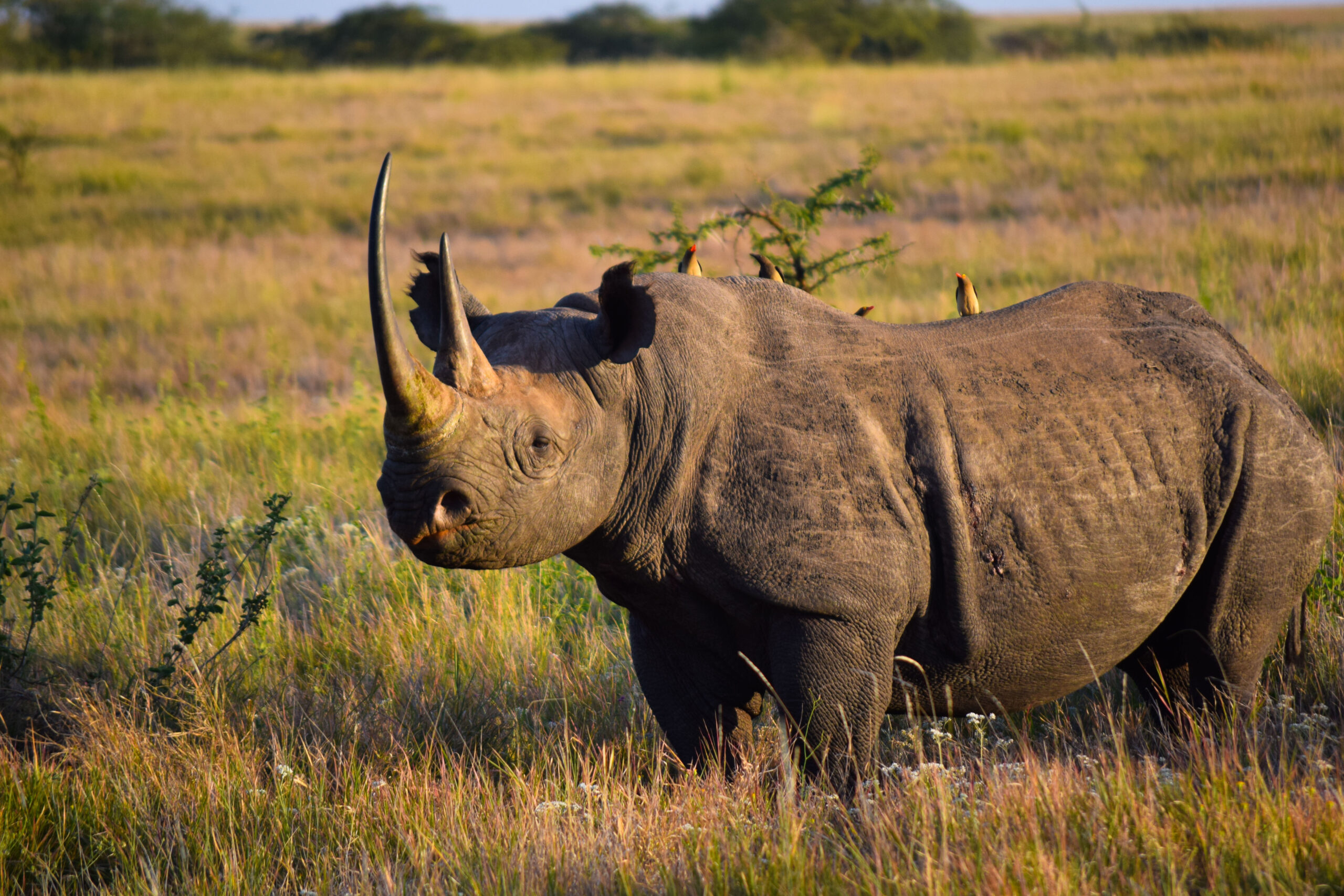I still remember my safari drive in Ranthambore National Park which ended with a happy note of seeing the most documented tigress and oft referred to as the face of tiger conservation, Machali. Our tryst had ended with the words of our safari guide – “These animals are so magnificently beautiful that it seems a tragedy that they should be left to vanish.” I have taken many safari drives from then, but these words still resonate in my mind. And a disturbing news, in tiger conservation is no more new or rare. And what could be more disturbing than the fact that the largest population of tigers today, exists not in wild but in captivity. With an estimated 5,000 tigers, the U.S. captive tiger population exceeds the approximately 3,200 tigers in the wild. For any tiger lover, who has spent hours and often days in the wild, to get one shot of this magnificent creature, this is a disturbing news and a sign that we are fast losing our tigers.
Since tiger is a keystone species in its habitat, its survival ensures survival of many other species. Every attempt of saving our tigers go a long way in saving forests and hundreds of other species that ironically never make to any media articles. An adult tiger needs about 50 cow sized animals in a year to lead a healthy life. Sometimes I wonder, do we even have this much of prey base in our forests? Can our forests, which are facing threats of degradation and thus depleting prey base, support the remaining or more tigers?
And what can a common man like me do except for signing some petition or sharing some article on facebook or maybe twitting one’s thoughts. Of course, there is much more to be done. It really boils down to realizing the consequences of our actions. It requires a paradigm shift, in realizing that everything we do, affects nature. And surely we can do more than just posting on social media pages. First, we have to understand that it is not just poaching but also habitat destruction, that’s killing our tigers. The former, we tiger enthusiasts have little control on, but in the latter, we are a part of the problem. We can obviously, try fixing up this problem to some extent by bringing in more efficiency in our lives, changing our habits, reducing our needs and more correcting and motivating others.
And our actions need to get louder and bolder for we aren’t just losing tigers, we are losing an economy. People living around forests depend on them for a variety of reasons and thus the starting point of conservation should start with them. Even a small effort in reducing their dependence on wood for cooking needs by providing them with efficient cooking stoves or solar run appliances can go a long way in preservation of our natural resources. Though definitely, it is a government’s job, but we have enough mediums to speak up our mind. We need to know more and know of forums where we can register our thoughts. And for that, we need to explore more to #saveourtigers. I have never got tired of exploring these subtleties of life. And if the task is as huge as saving one of the most endangered species, the solutions would be way beyond our cozy lifestyles. Sometimes we don’t realize how our little choices can help change things. Recently, I took an environmental test by Center of Environment Education to gauge my carbon emissions, and learnt simple steps to further reduce emissions at personal level. Steps taken to reduce emissions at personal level go a long way in habitat protection of tigers. We often fail to understand that how intricately things are interconnected in our world.
So we should what we can do to #save our tigers and campaigns like #AircelSaveOurTiger has given us more hopes to take the word forward. The fight has to be on two fronts, first is personal to understand what changes we can bring in our lives to contribute towards habitat preservation of tigers and second on spreading the word and speaking out at right forums to bring these issues to the Government. And efforts like #AircelSaveOurTiger can play an instrumental role on both the fronts. To start with, let’s involve people in the fight through sensitization or twitter contests or blog posts to know their heart and invite ideas. This chain of ideas would make an individual participating or tagged to think about changing one thing in life to preserve a bigger life. The best a common guy do is talk more about it and change habits to contribute towards this goal.
Another front where we desperately need to start taking cautious steps is working on habitat preservation especially in the tiger corridors. More tigers live outside the tiger reserves than that live inside it. The unprotected sanctuaries bordering Tadoba tiger reserve are an elegant example of playing host to a big population of tigers outside the reserve. These sanctuaries and the corridors, need to be restored. Communities around them need to be involved and responsive tourism models have to be developed to mingle conservation with local economics. The African tourism model can be a good example of this, where a part of the revenue from tourism goes to local community and travelers are given several choices to explore the landscapes than just ‘safari drives’. My African experience is that walking tours, camping holidays and cultural tours bring you closer to the place and help you empathize more with problems. #AircelSaveOurTiger can work with local NGOs of the area and Government to replicate such models in India and at the same time, involve tiger enthusiasts as volunteers and interns to be a part of this novel drive. Tiger enthusiasts can be roped in to bring in their expertise or just their enthusiasm and work towards tiger conservation.
Seeing a tiger in wild is a lifetime experience. Those beautiful eyes of Machli still haunt me. That was a close encounter, she was standing at an arm’s length and the tourists noised their surprise and this queen of the jungle, moved un-annoyed, its velvet paws landing softly on the dirt roads. She halted, looked up, holding our gaze – compelling and powerful. Two more steps and she was back to the thickets – a stripe of gold and ochre alighting from the thresholds. All smiles. The words of our guide still resonate, it will be a tragedy if these magnificent creatures are left to vanish. We should what we can do to #saveourtigers.





Nice post my friends,. I would like to request everyone to read this post & save our tigers.
Thanks a lot